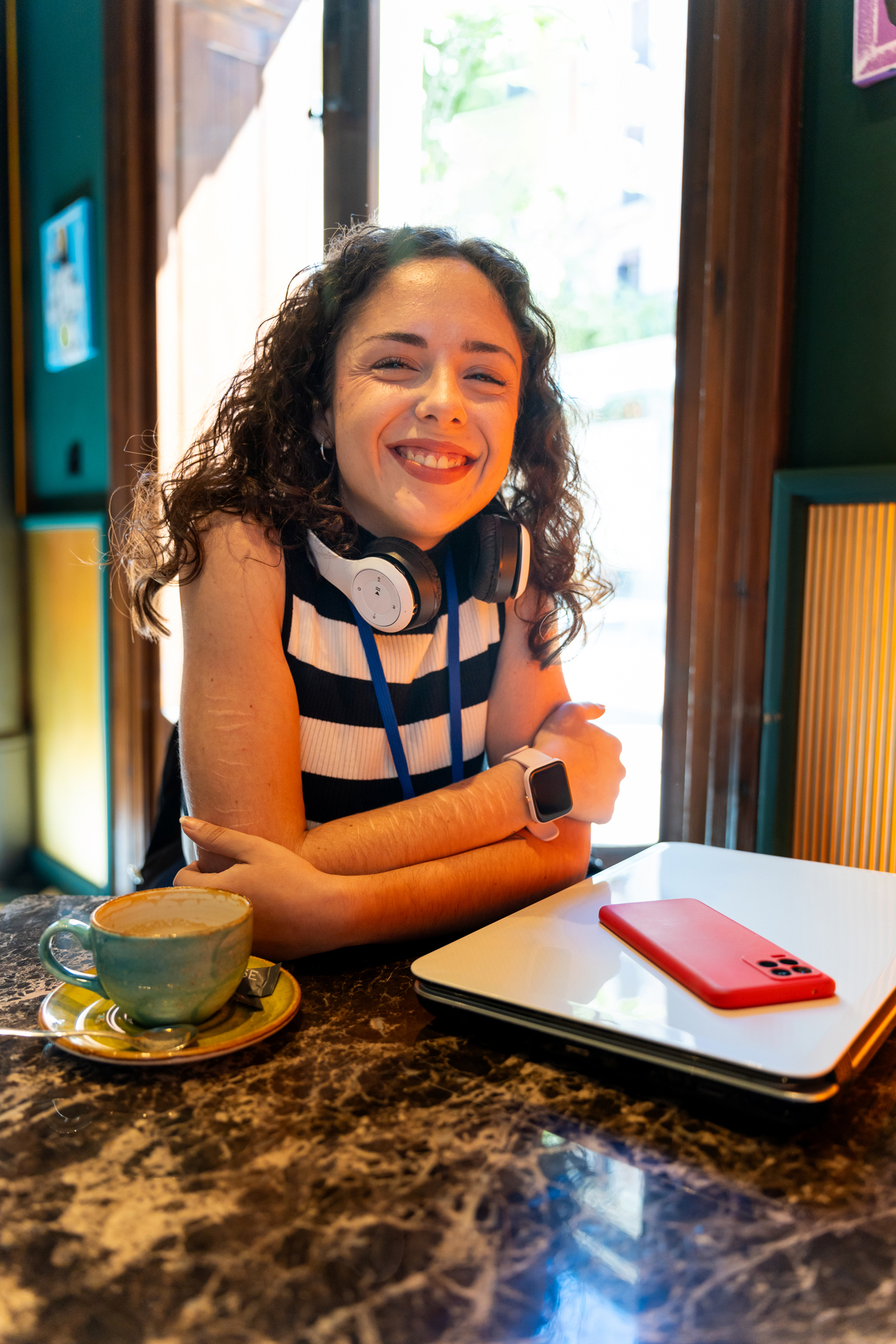.jpg)
Instagram Ads Management for Beginners 2025
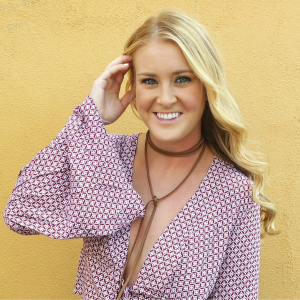

Instagram has evolved far beyond a simple photo-sharing app. It’s now one of the most powerful advertising platforms for businesses of all sizes. With millions of users engaging daily through Reels, Stories, and Explore, Instagram ads offer unmatched opportunities to reach highly targeted audiences in creative and interactive ways. Whether you’re a small business owner looking to grow brand awareness or a marketer aiming to increase conversions, understanding how Instagram ads work can completely transform your digital strategy.
This guide will walk you through everything you need to know about Instagram ads management, from the different ad formats and pricing factors to the step-by-step process of running campaigns through Meta Ads Manager. You’ll also learn practical tips for improving performance, optimizing creative assets, and making data-driven decisions that boost results over time. By the end, you’ll have a clear picture of how to build effective, goal-focused Instagram campaigns that not only capture attention but also deliver measurable growth for your brand.
What Are Instagram Ads
Instagram ads are paid promotional posts designed to help businesses reach specific audiences beyond their organic followers. These ads appear seamlessly across the platform, in users’ feeds, Stories, Reels, Explore pages, and even in shopping tabs. The goal is simple: to connect brands with people who are most likely to engage, purchase, or take action. Whether you’re a small business looking for exposure or a large brand scaling global campaigns, Instagram ads offer precise targeting and flexible budgeting to match any marketing objective. This balance between creativity and strategy often feels similar to the flow found in different that-girl aesthetics, where style and intention work together naturally.
What makes Instagram advertising so powerful is its ability to blend creativity with data. Ads are built around stunning visuals, videos, and compelling copy that inspire users to interact. At the same time, you can track every click, conversion, and impression through Meta’s analytics tools. This balance between artistic storytelling and measurable performance makes Instagram one of the most effective advertising platforms in the digital world today, a fact reinforced by insights into social media advertising trends that show how visual platforms continue to dominate digital marketing.
Types of Instagram Ads
Instagram offers a wide variety of ad formats designed to fit different marketing goals. Some are ideal for storytelling, while others drive quick conversions. Choosing the right type depends on your campaign objective, audience behavior, and the kind of content your brand creates best. Let’s explore each main ad type and how it can be used effectively.
Image Ads
Image ads are one of the simplest yet most effective ways to advertise on Instagram. They feature a single high-quality photo with a caption and a clear call-to-action button. This format works perfectly for promoting products, announcing sales, or driving users to your website. A well-shot image paired with a concise message can capture attention instantly in the feed.
Brands often use image ads to build awareness and recognition. To maximize impact, use consistent color palettes and visual styles that reflect your brand identity. Keep text minimal and focus on showcasing your product in real-life use, so it feels natural and relatable to your audience.
{{blog-cta-section}}
Video Ads
Video ads allow brands to tell a richer story. Whether it’s a short six-second teaser or a full 60-second feature, videos capture attention more dynamically than still images. They can demonstrate a product in action, share behind-the-scenes content, or highlight customer testimonials.
A strong hook in the first few seconds is crucial, as users scroll quickly. Add captions for sound-off viewers and finish with a clear CTA to encourage action. When done right, video ads not only inform but also build emotional connections, a key ingredient in long-term customer loyalty.
Story Ads
Story ads appear between users’ Instagram Stories and occupy the full screen, creating an immersive experience. They often feel more organic because they match the format of regular Stories, which makes them less intrusive. Story ads are great for time-sensitive promotions, event teasers, or interactive content.
Use engaging visuals, quick animations, and stickers to keep viewers interested. Including polls or swipe-up links helps increase engagement and drive conversions. Many brands use Instagram polls in Stories to get instant feedback or spark conversation, making their ads both fun and interactive.
Reels Ads
Reels ads appear within the Reels feed and are designed for discovery. This format is ideal for brands that want to reach younger audiences or showcase creativity. Reels are short, catchy, and often trend-driven, so the best-performing ads feel authentic and entertaining rather than overly polished.
To make your Reels ads successful, use music, humor, or storytelling elements that align with your target audience. This is also an opportunity to experiment with trending audio or challenges, giving your brand a modern, relatable edge.
Carousel Ads
Carousel ads allow you to showcase multiple images or videos in a single ad that users can swipe through. They’re excellent for highlighting product collections, step-by-step tutorials, or storytelling sequences. Each card can include its own headline, link, and call to action.
The best carousel campaigns create a visual journey that keeps users swiping to see more. Think of it like a mini-catalog or slideshow, every frame should build curiosity and encourage engagement, much like the strategies outlined in Instagram carousel marketing that focus on storytelling and interactive visual flow.
Explore Ads
Explore ads appear in the “Explore” tab, where users go to discover new content based on their interests. This placement is perfect for reaching audiences who don’t yet follow your brand but are likely to be interested in what you offer.
Since Explore users are in a discovery mindset, your ad should feel exciting and relevant. Bright visuals, intriguing captions, and trend-aware content tend to perform well here.
Shopping Ads
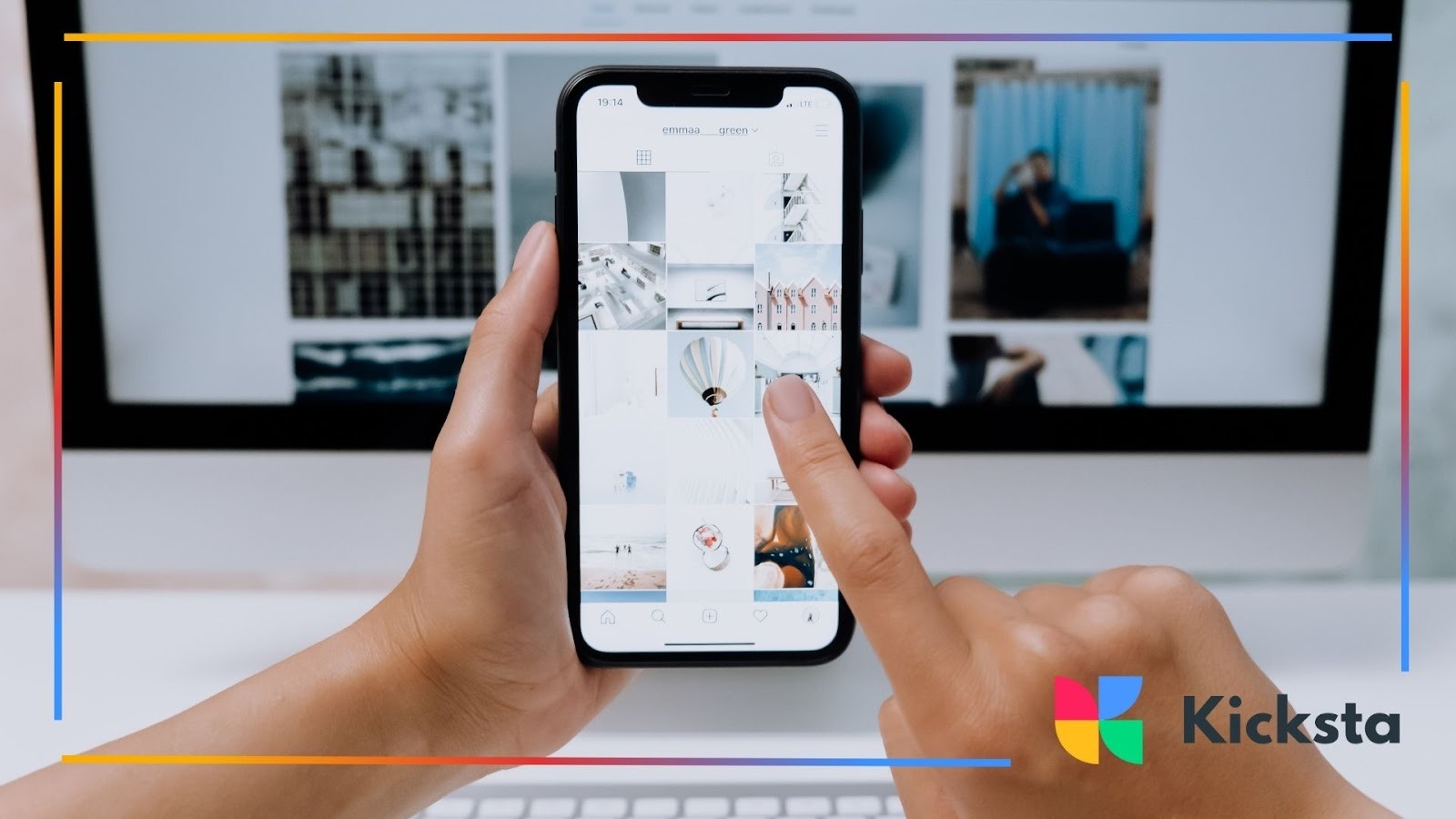
Shopping ads integrate directly with your Instagram Shop, allowing users to tap on tagged products and purchase without leaving the app. This makes the buying process smooth and intuitive.
They work best for e-commerce businesses showcasing lifestyle imagery, for example, a photo of someone wearing your product, tagged with pricing and product names. Combining these with smart targeting can significantly boost sales and visibility.
Collections Ads
Collection ads combine video or image content with a catalog of products below the main creative. They’re designed to create a seamless browsing and shopping experience directly inside Instagram.
These ads perform well for product launches, seasonal campaigns, or curated collections. They blend inspiration with functionality, allowing users to discover and shop instantly, making them a favorite for online retailers.
Instagram Live Ads
Instagram Live ads appear during live broadcasts, giving brands the chance to promote products or events in real time. They are especially effective for connecting with audiences through authentic, unscripted moments.
Using features like Instagram live shopping, businesses can interact with viewers while promoting products that they can purchase instantly. This format brings together entertainment, community, and e-commerce, a combination that’s driving the future of social media marketing.
{{blog-cta-section}}
How Much Do Instagram Ads Cost
There’s no one-size-fits-all answer to how much Instagram ads cost because pricing depends on many factors. Instead of a fixed price, costs are determined through an auction system, where advertisers bid for visibility. Generally, businesses can expect to pay between a few cents to several dollars per click or per thousand impressions.
The good news is that you control your budget. Whether you’re spending $5 a day or $500, you can adjust costs anytime. Let’s break down the factors that influence how much you’ll pay for your campaigns.
Factors That Influence Instagram Ad Costs
Understanding what drives ad costs helps you plan and budget smarter. Costs aren’t fixed, they fluctuate based on many controllable and uncontrollable variables, and knowing these factors helps you prioritize optimizations that lower expenses and maximize return. In this section, I’ll break down the most important variables so you can see where to focus your time and budget.
Remember that changes in one area often influence others. For example, a better creative (which improves relevance) can reduce bidding pressure, while a highly competitive audience can increase costs even if your creative is excellent. Treat cost as a system: small improvements in several areas compound into meaningful savings.
Target Audience

Your audience plays a major role in cost. Highly competitive audiences, such as tech enthusiasts or luxury shoppers, usually cost more to reach because many brands are bidding for their attention. Narrower targeting can increase costs, while broader audiences often result in lower CPMs (cost per thousand impressions).
The key is balance: define an audience specific enough to be relevant but not so narrow that competition drives prices up.
Ad Placement
Where your ad appears also affects its price. Ads placed in Stories or Reels might cost differently than those in the main feed or Explore tab. Some placements deliver higher engagement, so experimenting with combinations helps you find the most cost-effective strategy, a core concept in ad placement optimization that helps advertisers balance visibility, performance, and cost across multiple formats.
Using automatic placements through Meta Ads Manager can help optimize delivery across multiple locations without manual testing.
Bidding Strategy and Competition
Instagram operates on a bidding system where advertisers set bids for impressions, clicks, or actions. The more competitive your audience segment, the higher the bid required.
You can choose between manual bidding (where you set maximum limits) or automatic bidding (where Meta optimizes delivery). Testing both helps determine which approach brings better ROI for your specific campaign.
Ad Relevance and Quality Score
Instagram rewards high-quality ads with better placements and lower costs. This is measured through an ad relevance score, based on engagement, feedback, and overall user experience. Ads that users enjoy, engage with, or click on cost less because they align with Instagram’s goal of providing valuable content.
Focus on creative visuals, clear messaging, and authentic storytelling to improve your ad relevance score and reduce expenses.
{{blog-cta-section}}
Campaign Objective
Your chosen campaign objective directly influences cost. For example, conversion campaigns that drive purchases often cost more than awareness campaigns since they aim for higher-value actions.
Understanding your goal allows you to set realistic budgets and track the right metrics for success.
Seasonality and Demand
During peak seasons like holidays or special events, competition for ad space intensifies. More advertisers bidding means higher costs. Planning campaigns ahead of time or running them during less competitive periods can help save money without sacrificing performance, a tactic often recommended in digital advertising budget planning to make the most of high-demand cycles while maintaining cost efficiency.
Industry and Niche
Some industries are naturally more competitive than others. For instance, fashion, beauty, and technology brands usually face higher CPMs compared to local service providers.
Knowing where your niche stands helps you benchmark your performance and set budget expectations accordingly.
Audience Location
Ad costs vary across countries and regions. Targeting users in the U.S. or Western Europe generally costs more than targeting audiences in developing regions.
Adjusting your location strategy can help balance reach and cost-efficiency.
Ad Format and Creative Type

The format you choose, whether it’s an image, video, carousel, or Reels ad, plays a big role in determining your overall costs. Video and interactive formats often come with a slightly higher price tag because they capture attention longer and encourage more engagement.
However, that extra investment usually pays off through stronger brand recall, deeper audience connection, and higher conversion rates. These formats also allow you to tell your story in a more dynamic and immersive way, which can make your ad feel more authentic and memorable compared to a static image.
How to Run Instagram Ads with Meta Ads Manager
Meta Ads Manager is the central hub for creating, running, and analyzing your Instagram campaigns. It gives you complete control over every detail, from targeting and placements to budgets and creative assets. Let’s go through the process step by step.
Set Up a Meta Business Account
Before you dive into creating ads, you’ll first need to set up a Meta Business Suite account. This platform acts as your central hub for managing both your Instagram and Facebook business profiles. Once you connect the two, you can easily create, monitor, and optimize ads from one convenient place.
Linking your accounts also unlocks access to Meta Ads Manager, a powerful tool where you can build campaigns tailored to your specific goals. Whether your focus is brand awareness, lead generation, or driving sales, setting up your Meta Business Suite properly ensures everything runs smoothly from the start.
Choose Your Campaign Objective
Every successful ad campaign starts with a clear purpose. Your campaign objective tells Instagram what to optimize for, whether that’s awareness, engagement, leads, sales, or app installs. Selecting the right objective helps the algorithm show your ads to people most likely to take your desired action, a foundational concept in social media advertising strategy that ensures your efforts align with measurable goals and audience intent.
For example, if you want to attract new audiences, choose an awareness-based goal. If your focus is conversions, select a sales or leads objective. The clearer your intent, the better Instagram can match your campaign with users who are ready to respond.
Name Your Campaign and Ad Set
Organization is key when running multiple campaigns. Giving each campaign and ad set a clear, descriptive name makes it much easier to track performance later. Try naming them based on your goal, target audience, or product category, for example, “Winter Promo – Reels – 18–30 Women.”
This small but strategic habit saves time when reviewing analytics or adjusting budgets. It also keeps your ad structure tidy, which is especially helpful if you’re managing campaigns with multiple variations or A/B tests.
Choose Your Audience
Defining your target audience is one of the most critical steps in ad setup. Instagram allows you to fine-tune who sees your ads using filters like age, gender, location, interests, and behaviors. You can even upload custom audiences, for example, a list of existing customers, or create lookalike audiences to reach people with similar characteristics.
This step is where truly effective ad management begins. Thoughtful targeting ensures your ads reach users who are genuinely interested in what you offer, resulting in higher engagement and stronger returns on your marketing investment.
Set Your Budget and Schedule
Before launching your campaign, decide how much you want to spend and how long it should run. You can choose between a daily budget, which sets a consistent spending limit each day, or a lifetime budget, which allows Meta to distribute your funds evenly across the entire campaign period. After that, set clear start and end dates so your ads run exactly when you want them to.
Meta’s algorithm will then take over and automatically optimize delivery to achieve the best results within your budget. This means your ads will be shown to the people most likely to take action while keeping spending under control. The best part is the flexibility. You can increase, decrease, or pause spending anytime based on how your ads are performing.
{{blog-cta-section}}
Pick Instagram Ad Placements
You can let Meta automatically select placements for your ads or choose them manually, depending on your strategy. Automatic placements typically give you broader reach and better cost efficiency, as the system finds where your audience is most active.
Testing different placements helps you identify which areas deliver the highest engagement and conversions. Some advertisers also optimize for Instagram search results, ensuring their content shows up in discovery sections where users are actively exploring new profiles and products. This can increase visibility and attract audiences with a genuine interest in your niche.
Select Your Ad Format
When setting up your campaign, choose the ad format that best fits your creative assets and objectives. You can use single-image ads for clean, simple messages, carousel ads for storytelling and product showcases, or videos to capture attention through motion and emotion. Collection ads, on the other hand, work well for e-commerce, allowing users to browse and shop directly within the platform.
Each ad format has its own strengths, so align your choice with your marketing goals. Experimenting with different formats can help you find the combination that resonates most with your target audience.
Write Copy and Add Your Link

Your ad copy should be concise, persuasive, and aligned with your brand’s tone of voice. Aim to capture attention quickly by using short, impactful sentences and clear messaging. Craft headlines that instantly spark interest, highlight the main benefits of your product or service, and include a strong, easy-to-follow call-to-action that tells users exactly what to do next.
Avoid cluttered text or overly promotional language, as audiences tend to scroll past anything that feels forced or sales-heavy. Instead, keep your message conversational and friendly, reflecting how your brand naturally communicates with customers. Authentic, relatable copy helps you connect with users on a personal level, increasing the chances they’ll engage with your ad and take action, a principle echoed in effective ad writing techniques that focus on clarity, emotion, and trust.
Track Your Metrics and Optimize
Once your ad is live, monitor key metrics like impressions, click-through rate, conversions, and cost per result. This helps you understand what’s working and what needs adjustment.
Regular optimization, updating creatives, adjusting audiences, or reallocating budget, keeps your campaigns fresh and efficient.
Experiment with A/B Testing
A/B testing allows you to compare different versions of your ad (like images, captions, or CTAs) to find which performs best. This data-driven approach helps refine future campaigns and improve ROI.
Over time, you’ll learn what resonates most with your audience, helping you make smarter creative decisions.
Winning Instagram Ads Tips
Winning on Instagram is part creativity, part discipline. The platform rewards advertisers who blend eye-catching creative with rigorous testing and clear measurement, so think of your ad program as an ongoing experiment rather than a one-time task.
To succeed, combine big-picture strategy with practical, repeatable tactics. That means having a plan for creative production, an organized testing cadence, and clear KPIs for every campaign.
Use Automation for Growth
Automation tools can save time and help scale your campaigns efficiently. From automated bidding and budget allocation to creative rotation, these features ensure your ads are always performing at their best.
Some marketers also use trusted third-party services for organic growth and engagement analysis. If you’re researching options, reading Kicksta Instagram reviews can provide useful insights on how automation complements paid strategies.
Components of Great Instagram Ads
Creating great Instagram ads requires both strategy and creativity. The most successful campaigns share a few key elements that capture attention and inspire action.
Eye-Catching Visuals
Strong visuals are non-negotiable when it comes to creating effective Instagram ads. Use clear, high-resolution images or videos that instantly grab attention and make people pause mid-scroll. Bright colors, clean compositions, and thoughtful framing can make your content stand out even in a crowded feed.
Every visual should feel authentic and reflect your brand’s unique personality and tone. Whether it’s a product shot, lifestyle photo, or short video clip, every piece should look polished and tell a small part of your brand story.
Story-Based Video Ads
Storytelling is at the heart of Instagram’s culture. Videos that tell a story, whether it’s customer journeys, product benefits, or emotional moments, create stronger engagement than static content.
This technique pairs nicely with Instagram seo fundamentals, which emphasize relevance and audience connection across your profile and content.
{{blog-cta-section}}
Multi-Format Campaigns
Don’t rely on just one ad type to carry your campaign. Mixing different formats, like Reels, Stories, and carousel ads, helps keep your audience engaged and prevents your content from feeling repetitive. Each format offers a unique way to connect: Reels showcase creativity and motion, Stories create quick, personal interactions, and carousels allow you to tell a more detailed story or display multiple products.
Some users respond better to immersive videos, while others prefer swiping through product images. By combining multiple ad types, you maximize engagement opportunities and boost your chances of turning casual viewers into loyal customers.
Examples of Great Instagram Ads
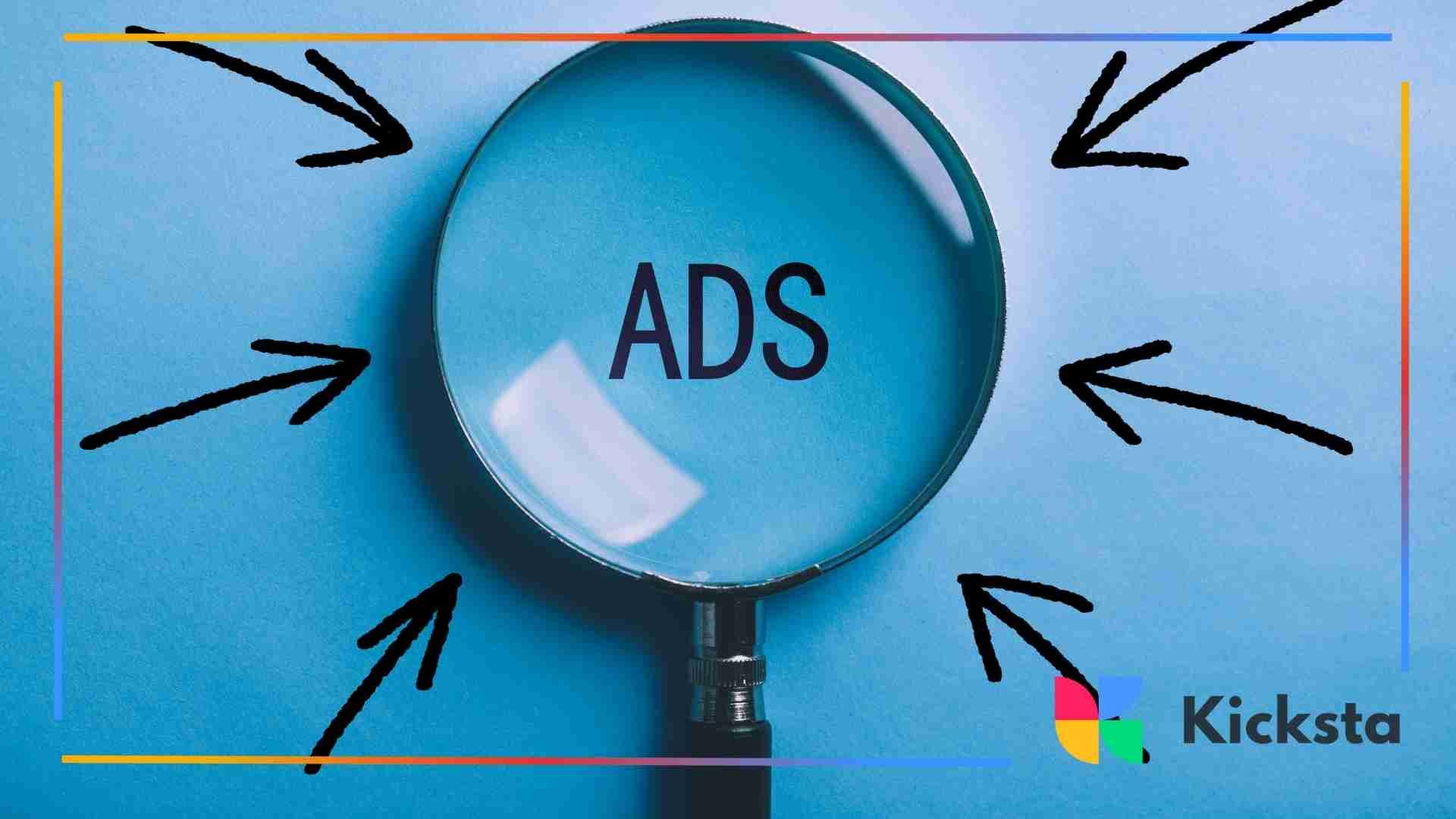
Some of the best Instagram ads stand out because they feel like genuine content, not advertisements. For example, a beauty brand might show a real customer using a product in their morning routine, or a travel company might highlight authentic user-generated photos from around the world.
The key is relatability and storytelling. Brands that experiment with interactive features like Instagram polls, stickers, or behind-the-scenes videos often see stronger results. Just as search visibility improves through instagram seo, engagement improves when ads blend naturally into users’ experiences.
FAQs
Do I need a Facebook account to manage Instagram ads?
Yes, you’ll need a Facebook account because Instagram ads are managed through Meta Ads Manager. This tool connects both platforms and lets you control targeting, budget, and performance tracking in one place. You can still run Instagram-only campaigns, but linking your account through a Facebook Page is required for setup and full access to ad features.
What’s the difference between Instagram Boosted Posts and Ads Manager campaigns?
Boosted posts are quick promotions created directly from Instagram to increase visibility or engagement. They’re simple but limited in targeting and campaign control. Ads Manager campaigns, on the other hand, offer advanced objectives, detailed audience targeting, and more creative flexibility, making them better for long-term or performance-focused strategies.
How long should an Instagram ad run?
Most advertisers see the best results when running Instagram ads for at least 7 to 14 days. This timeframe allows the algorithm to optimize delivery and gather meaningful data. Shorter runs work for time-sensitive offers, but longer campaigns help improve reach, consistency, and overall ad performance.
Can I manage Instagram ads without using Meta Ads Manager?
You can boost posts directly from the Instagram app, but it offers limited control over audience targeting and performance tracking. Meta Ads Manager provides much more flexibility with advanced tools for testing, budgeting, and optimization. If you want long-term growth and better results, Ads Manager is the preferred choice.
Final Thoughts
Mastering Instagram ads management is all about finding the right balance between creativity, strategy, and consistency. The platform offers countless ways to connect with your audience, from eye-catching image ads to immersive video and Reels formats, but success depends on understanding how each element works together. When you combine strong visuals with well-defined targeting, a realistic budget, and data-driven optimization, your ads can become powerful tools for brand awareness, engagement, and sales growth.
It’s also important to view Instagram advertising as an ongoing process rather than a one-time setup. The most successful brands constantly test new formats, refresh their creatives, and analyze performance to uncover what truly resonates with their audience. By using Meta Ads Manager effectively, you can monitor these insights in real time and make smarter adjustments that lead to measurable results.
Whether you’re promoting a new product, expanding your reach, or improving conversions, managing Instagram ads strategically gives you the control to scale your efforts efficiently. Stay curious, keep experimenting, and adapt your approach as trends evolve. With patience and consistent refinement, your brand can build a strong presence and turn every ad into an opportunity for genuine connection and lasting impact.
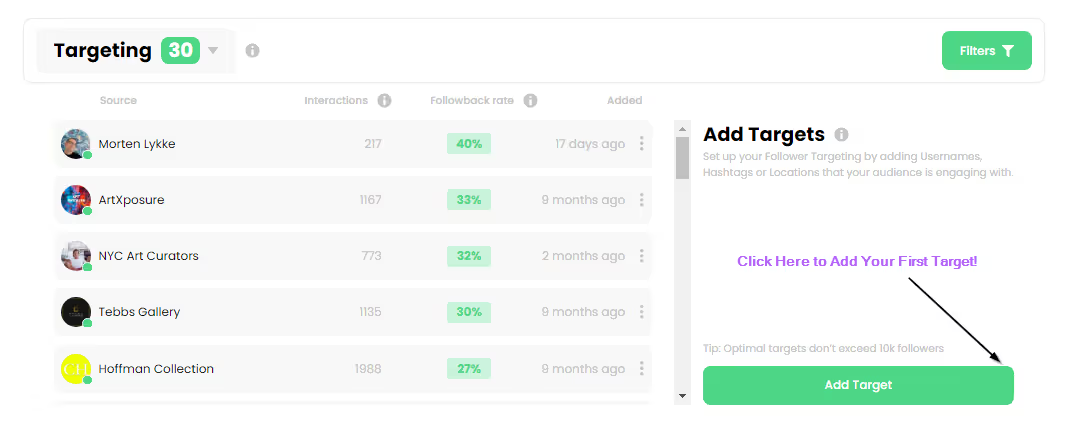
.jpg)

